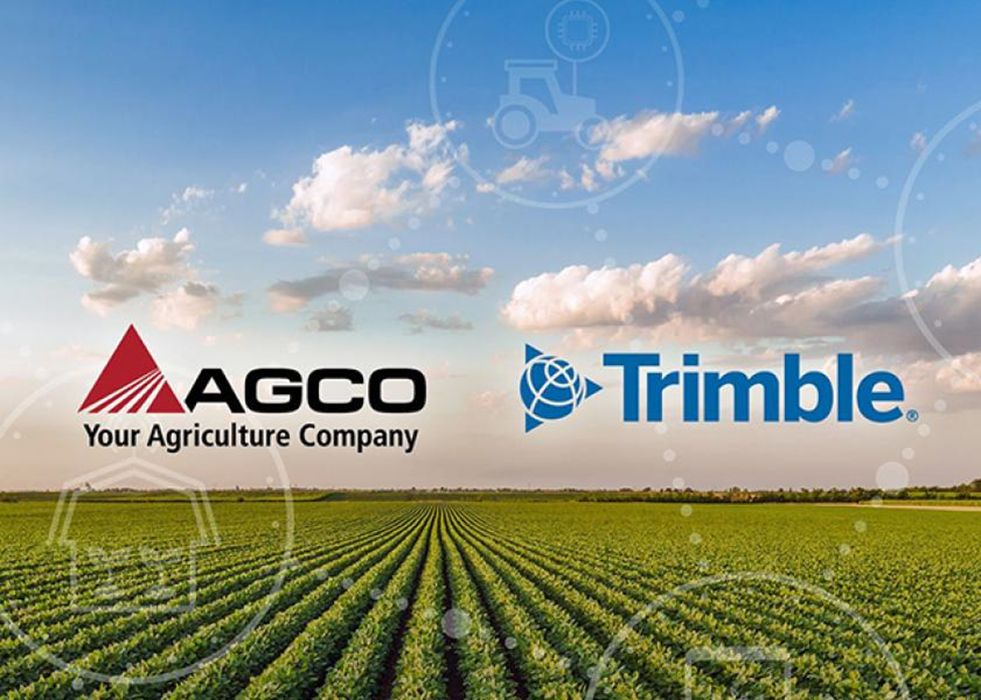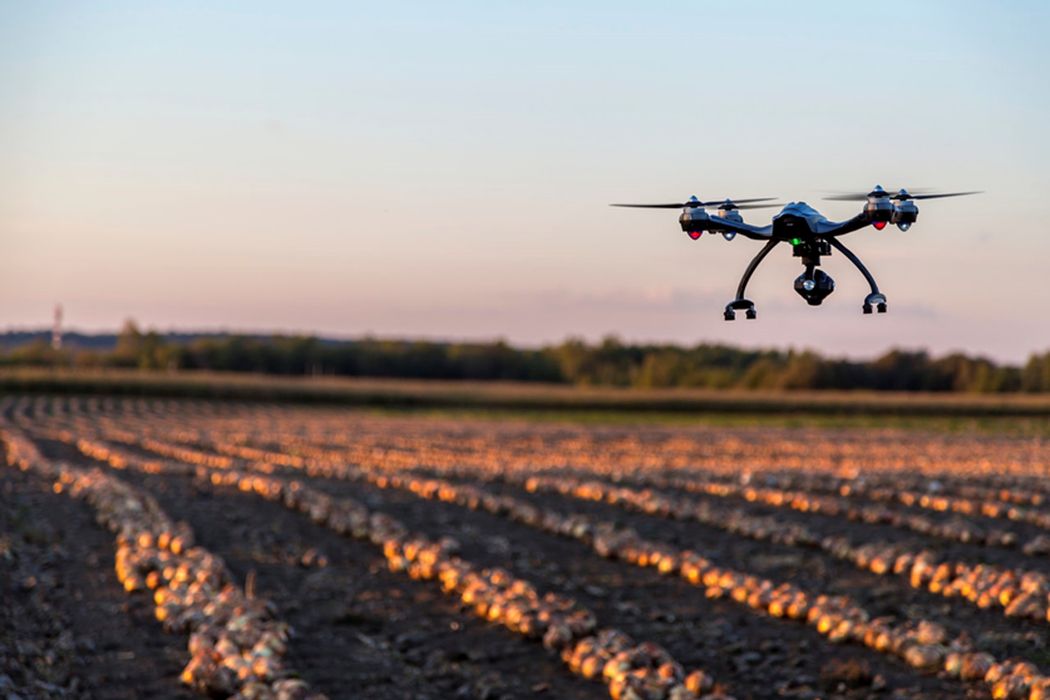
Charles R. Goulding and Preeti Sulibhavi discuss how the integration of 3D printing in agriculture continues to gain traction, enabling farmers to optimize production processes.
On September 28, 2023, AGCO announced its joint venture with Trimble, a move that will position it to better compete with Deere. The joint venture will be valued at US$2.4 billion, which surpasses CNH Industrial’s acquisition of another precision agriculture company, Raven, for US$2.1 billion in 2021.
AGCO
AGCO specializes in the design, manufacturing, and distribution of agricultural solutions. Considered one of the leading companies in the industry, AGCO prides itself on making farming today more productive and more profitable.
Some of their projects include manufacturing equipment that responds to the rising and dynamic rise in global demand for food and fuel. These include hybrids, telemetry-based tracking systems, flexible technologies that respond to regional farming variances among other innovative solutions.
In fact, Rye DeGarmo, Director of Engineering, Global Seeding and Tillage for AGCO has said this about 3D printing, “It’s extremely valuable to us.” AGCO has been using 3D printers for rapid prototyping in early design phases for its redesigned products. DeGarmo also indicated that his team can create a prototype and refine it in days, instead of weeks, and spend a cost-effective amount to put into full production.
Trimble
Trimble specializes in precision agriculture. The aim is to solve the challenges that farmers face using innovative technology. Trimble’s engineered solutions include software and cloud-based platforms that are designed to meet the needs of farmers around the world.
Core technologies and solutions include guidance and steering, flow and application control, water management, desktop and cloud-based data management, and positioning services.

Drones are also being utilized in conjunction with precision farming technologies. Drones can capture high-resolution images in real-time, quickly, so farmers can understand the quality of their crops and what may be needed to improve growth.
Agricultural Equipment and 3D Printing
We have covered the rise of 3D printing in the agriculture industry in previous articles. Whether we were covering vertical farming or robotics and automation in the farming industry, the impact that the 3D printing industry can have on agricultural outcomes across the world is only beginning to manifest. Recently, we highlighted the fate of four global equipment giants and how their fates were aligned with 3D printing advancements.
For farmers, 3D printers can be just another tool in their toolbox.
The Research & Development Tax Credit
The now permanent Research and Development (R&D) Tax Credit is available for companies developing new or improved products, processes and/or software.
3D printing can help boost a company’s R&D Tax Credits. Wages for technical employees creating, testing and revising 3D printed prototypes can be included as a percentage of eligible time spent for the R&D Tax Credit. Similarly, when used as a method of improving a process, time spent integrating 3D printing hardware and software counts as an eligible activity. Lastly, when used for modeling and preproduction, the costs of filaments consumed during the development process may also be recovered.
Whether it is used for creating and testing prototypes or for final production, 3D printing is a great indicator that R&D Credit eligible activities are taking place. Companies implementing this technology at any point should consider taking advantage of R&D Tax Credits.
Conclusion
While AGCO’s main incentive in merging with Trimble is to improve its profit margins and ROIs, there is a technological side to this transaction. AGCO is already utilizing 3D printing in developing and redesigning its products, so this merger can help to expand the use of 3D printers in the agricultural industry, and in turn, better compete with Deere.
